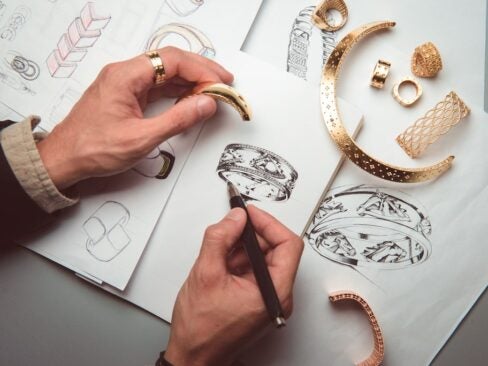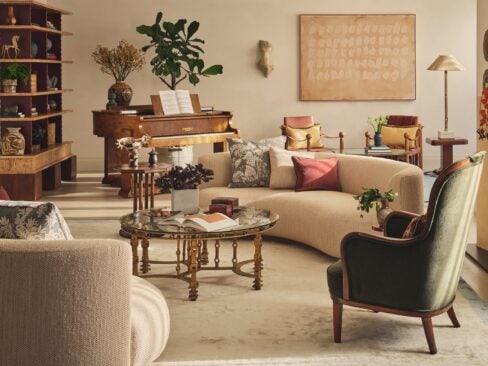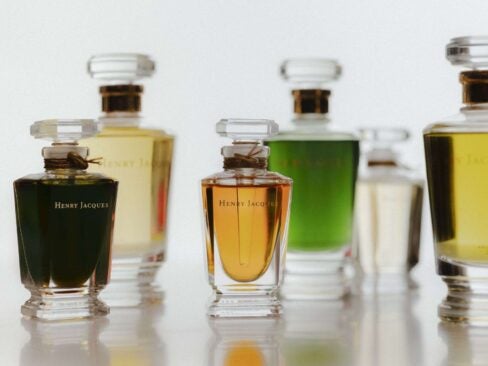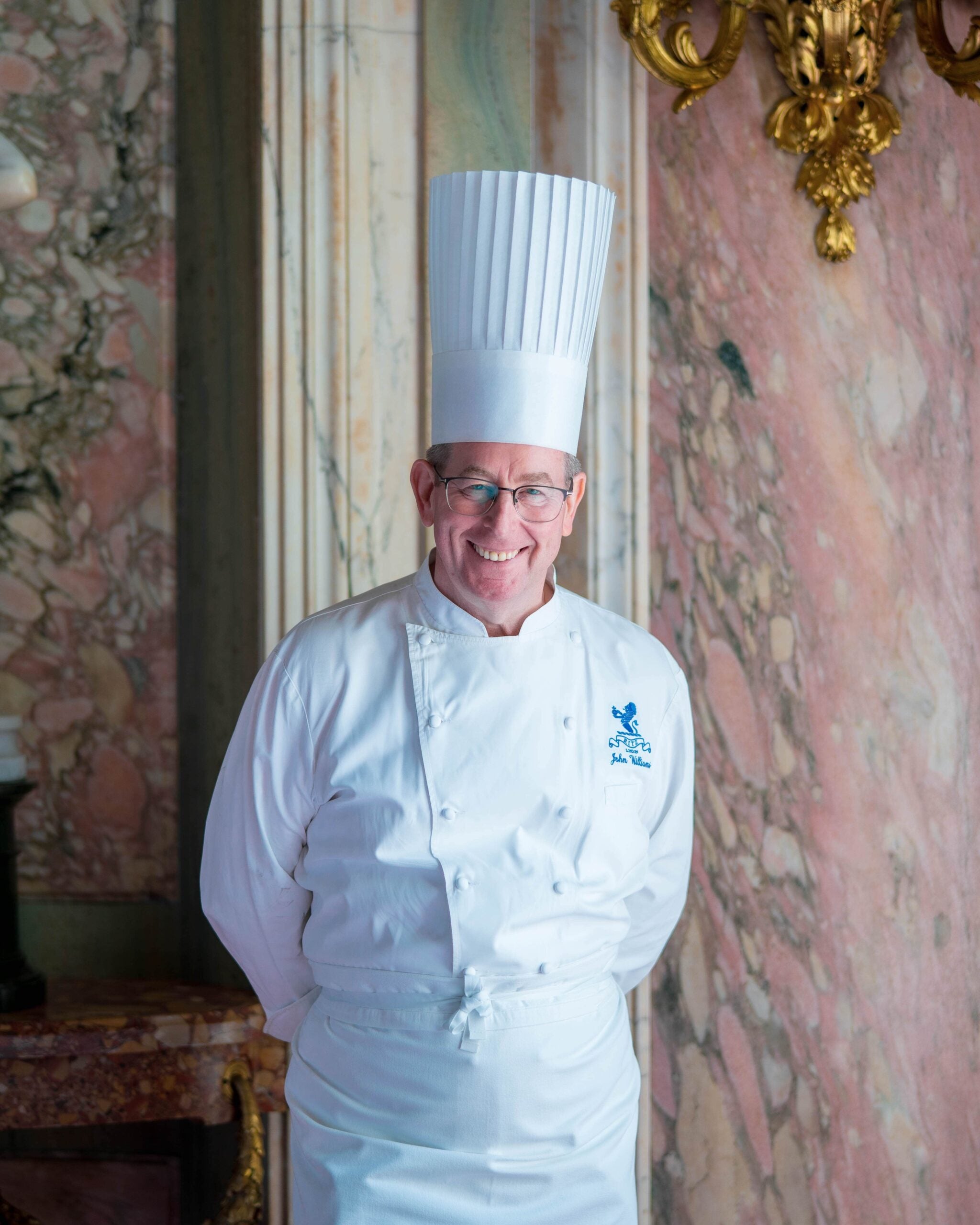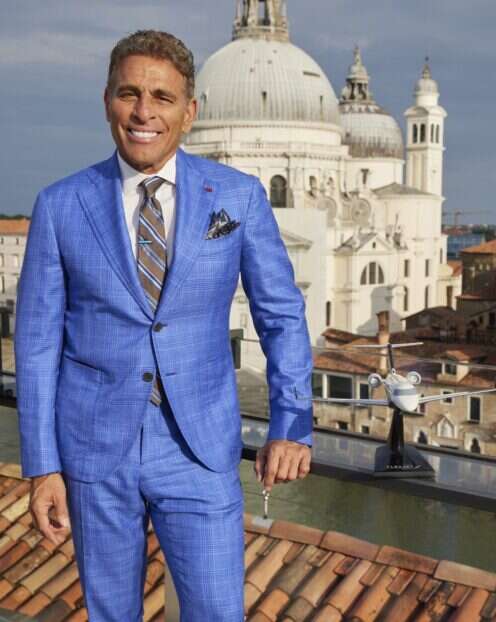Amid London’s ever-evolving restaurant scene, from casual noodle joints to glitzy celeb hotspots, The Ritz Restaurant has retained the coveted ‘icon’ status since it opened in 1906.
A recent recipient of its second Michelin star, eight years after receiving its first and over a century after opening, The Ritz Restaurant remains a testament to London’s enduring love of out-and-out unabashed luxury. Executive chef John Williams tells us how it has remained relevant over 100 years later.
Congratulations on winning a second Michelin star — what does it mean to you?
When I arrived on stage to collect the award, I said, “This has been a long time coming.” The desire has been there all the time, and when it comes, believe me, you feel it. It means a hell of a lot to me in every sense. As far as Michelin is concerned, it’s the one thing we chefs do respect, and it’s the one thing we really desire.
What do you think the inspectors saw this time around that they hadn’t before?
Nobody ever tells you, “It’s because of this, it’s because of that.” You never truly know. But one of the things I do know is that the inspectors look for consistency: consistency in how you operate, consistency in the level of what you do and consistency in the quality of what you do. They don’t want to shock anybody by saying it’s one thing when it’s not.
How do you think The Ritz Restaurant has stood the test of time when so many other restaurants have not?
The first thing is, it is one of the most beautiful dining rooms in the world — that is very important. It doesn’t matter if Auguste Escoffier himself is cooking, the dining room is king — it sets the stage for everything else. For example, lots of restaurants have now done away with the white tablecloth, but if The Ritz were to get rid of that, the whole thing would fall apart. But also, a lot of chefs nowadays will say, “I’m cooking like this because I want to challenge my guests.” I don’t want to challenge guests, and I don’t believe The Ritz should ever challenge guests. I only give them wonderful, tasty food with enjoyment and make sure that we’re looking after them.
In the 119 years since it opened, what do you think has been the most dramatic change for The Ritz Restaurant?
We are over 100 years old, but if you do everything the same as 100 years ago, it feels 100 years old. But change takes time. Soon after I joined, I was in the South of France at a restaurant called La Réserve, and I was marveling at the china they used. It was contemporary, but it was still classic. Our general manager was with me, and he said, “You like that, don’t you?” “Like it?” I said, “I love it!”
A few weeks later, he gave me some of that crockery — but it took me three years before I was allowed to use it in The Ritz. When I’m making changes like that, the first thing I’ll say is, “Is it Ritz? Does it fit Ritz? And is it relevant for today?” I think when you put those contexts together, you’ve got something where you can move forward, without losing anything.
Has The Ritz ever felt pressure to succumb to trends?
When I first arrived at The Ritz, I took a long look at the restaurant, and we were falling behind a bit. People were moving on, doing different things. Some of the recipes we use are 100, 200 years old, but the way we do them now is modified. If we tried to serve some of those dishes to a modern diner they would say, “What the heck?” The fat content is too heavy, and it’s too rich. So, what we do now is, reduce things… use about a third of the amount of cream, so you still get the same fullness on the palate and you still get the flavor, but it’s not so heavy. Changing little things like that means we stay true to the recipe and the ingredients that have gone into it.
But, in terms of style, it’s the other way round: We have become unique, and now people are copying what we do. Like the tableside service — everyone wants to do it now. It’s fashionable again — we created the fashion!
What do you think has kept regulars coming back?
Value. I might have very expensive ingredients and the menu is expensive, but I also believe I have one of the best value menus in the country. If I don’t believe it’s a good value, I would not charge it — I promise you that is first and foremost for me. When I first arrived here, I decreased the prices because the value wasn’t there, and we had to gradually build that value back up. It doesn’t matter how wealthy you are, there is not a single person in the world who doesn’t understand value.
In the current climate, what role do you think a luxury restaurant plays? And how has that changed in the last century?
Luxury is changing. We have to consider what people value — is it the quietness of their table? The quality of an ingredient? The level of service? Whatever it is, I know that people look for it at The Ritz. It is a challenging time for luxurious restaurants, and people are holding back a little but people do still come here to celebrate and have a good time — all César Ritz wanted to do was create enjoyment. The funny thing is, history is repeating itself — we went through hard times in the 1920s and The Ritz saw it through. We will see them through again.
How will The Ritz Restaurant survive another century?
My job is to train the youngsters of today, and I have 60-odd young people that really believe in everything we do. They can move forward as the next generation, bringing their own added value and their own techniques and understanding, and that will evolve again — but they must never forget the word evolution.


